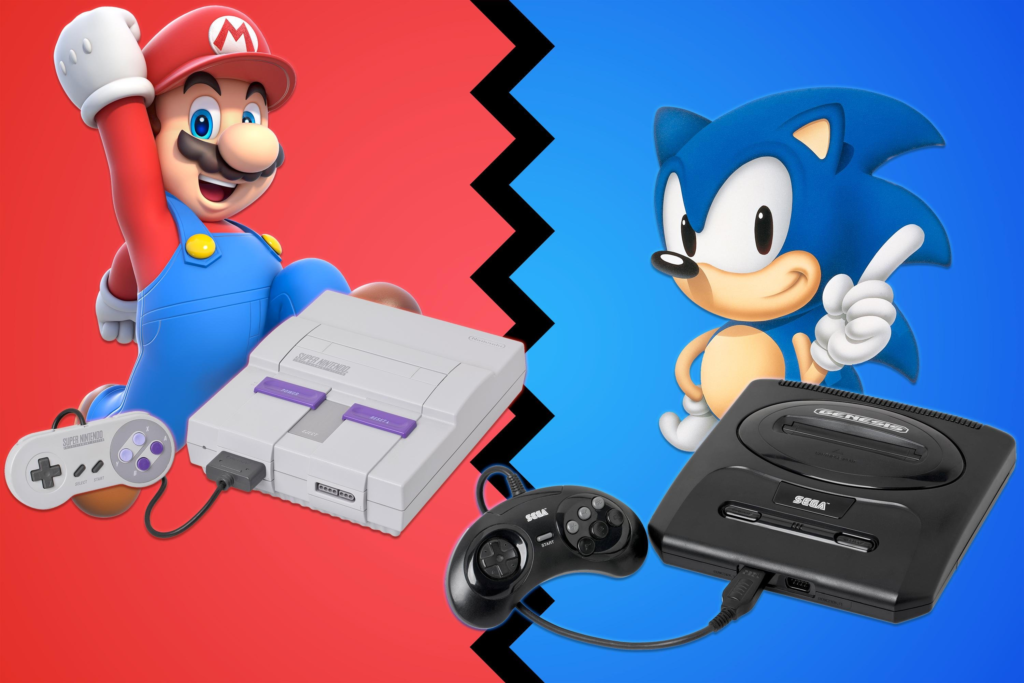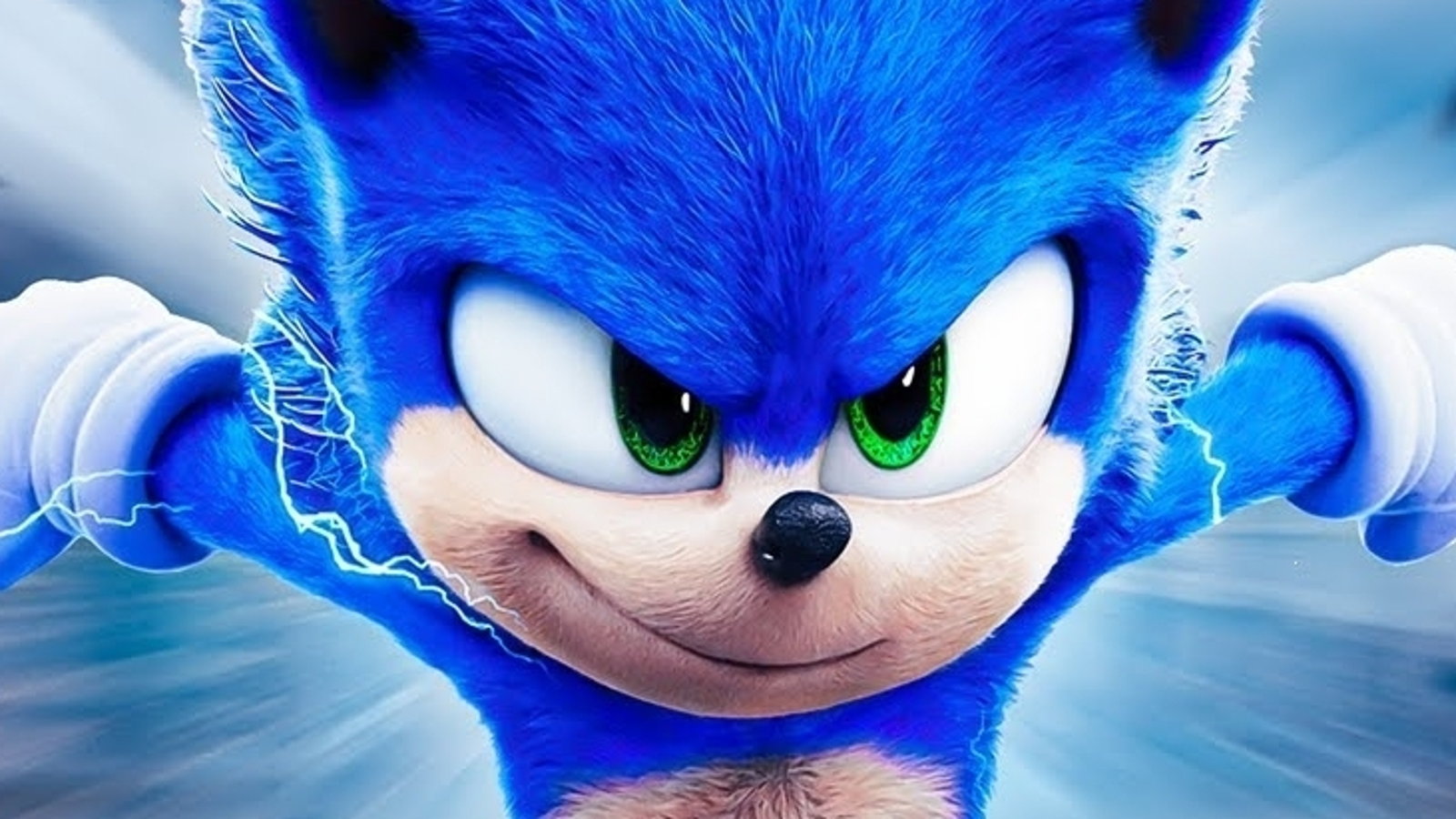In the early 1990s, the video game industry was dominated by Nintendo. The release of the Nintendo Entertainment System (NES) had resurrected the industry from the brink of collapse. However, a new challenger, Sega, emerged with a speedy blue mascot named Sonic the Hedgehog. This is the story of how Sonic was created and how he came perilously close to dethroning Nintendo as the king of gaming.
The story of Sonic begins with a company called Sega, a Japanese video game developer and hardware manufacturer. Sega was determined to compete with Nintendo’s massively popular NES and needed a flagship character to rival Mario. In 1990, Sega tasked a small team known as Sonic Team, led by Yuji Naka, to create a mascot that would capture players’ hearts.
The team brainstormed ideas for their new character. They wanted something unique, edgy, and instantly recognizable. Naoto Ohshima, a designer, created a blue hedgehog with red shoes. The character’s speed and attitude were emphasized, and Sonic was born. His ability to dash at supersonic speeds set him apart from Nintendo’s plump plumber.

Sonic’s debut game, “Sonic the Hedgehog,” was released in 1991 for the Sega Genesis console. It showcased the system’s technical capabilities with vibrant graphics and a sense of speed that was revolutionary at the time. Sonic’s character design and personality resonated with players, making him an instant hit.
Sega launched an aggressive marketing campaign to promote Sonic. The “Genesis does what Nintendon’t” slogan took direct aim at Nintendo, portraying Sega as the cooler, more cutting-edge choice. Sonic’s appeal, coupled with this marketing strategy, started drawing players away from the NES.

The rivalry between Sonic and Mario became the stuff of legend. Sega’s mascot offered a stark contrast to Nintendo’s mustachioed plumber, and this competition drove innovation in both companies. The “console wars” were in full swing, and Sega was gaining ground.
Sonic’s success extended beyond video games. He appeared in animated TV shows, comic books, and merchandise, turning him into a multimedia phenomenon. Sega continued to release Sonic sequels and spin-offs, solidifying his status as a cultural icon.
Nintendo wasn’t about to let Sonic steal its thunder. The company responded with the release of “Super Mario World” for the Super Nintendo Entertainment System (SNES), a game that showcased the SNES’s capabilities and Mario’s enduring appeal.

While Sonic the Hedgehog made a significant impact and challenged Nintendo’s dominance in the early ’90s, the Italian plumber and his red cap persevered. Sega eventually lost the console wars, and Sonic’s star began to fade. However, Sonic’s legacy remains strong, and he continues to be a beloved character in the world of gaming. The Sonic franchise has endured for decades, proving that even though he may not have put Nintendo out of business, he certainly left a lasting mark on the video game industry.




